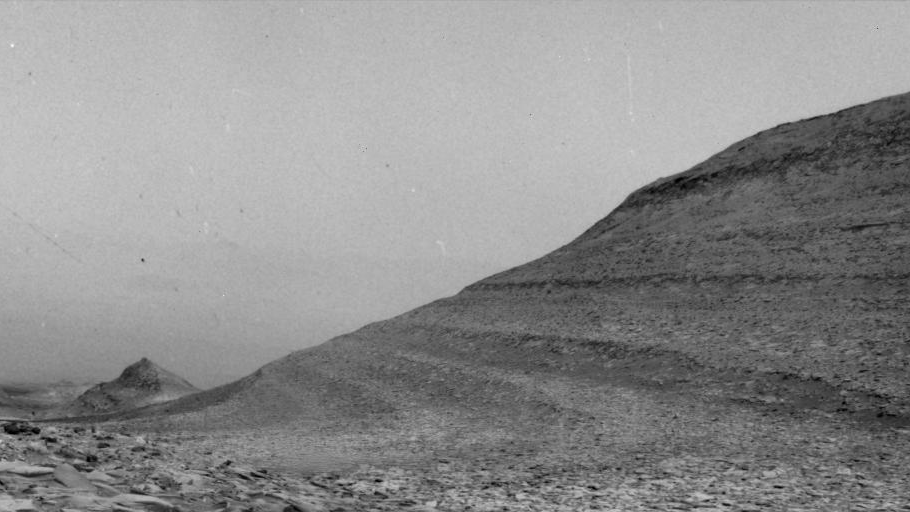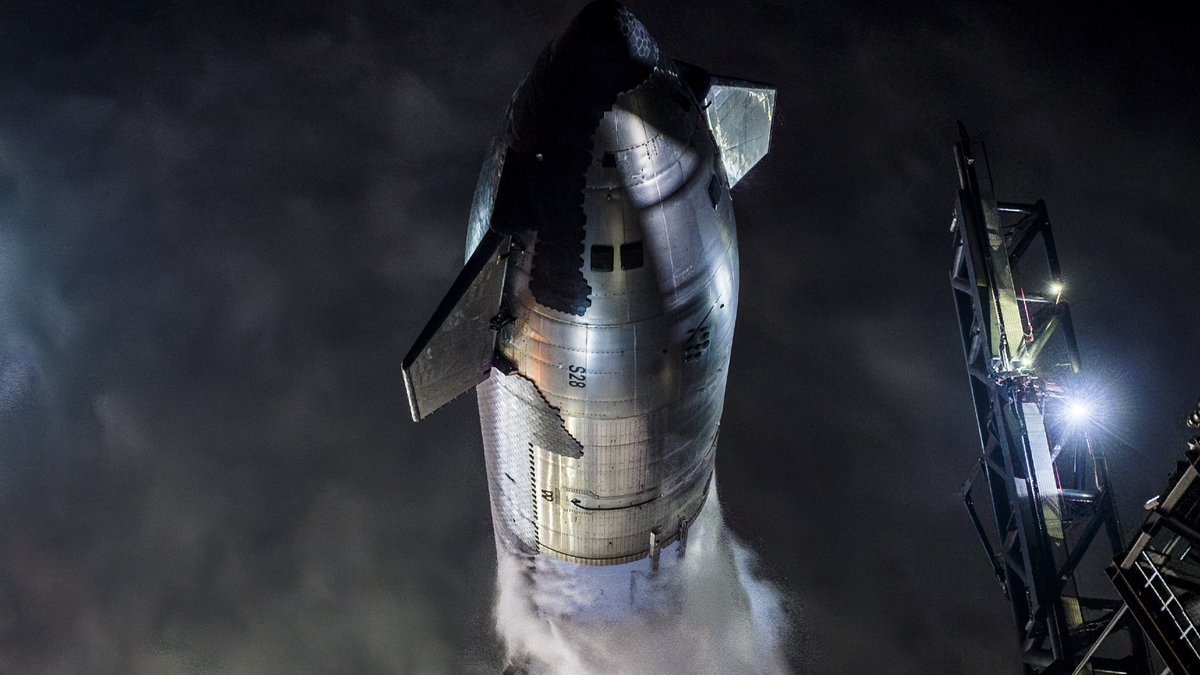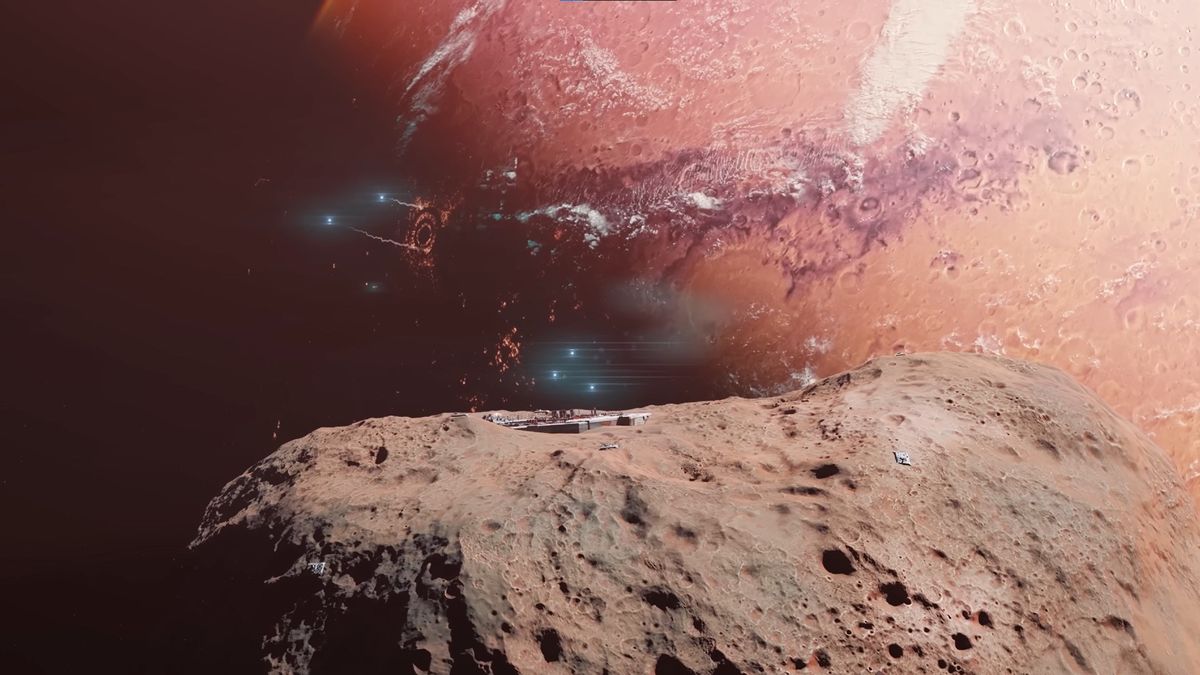Solar Storms and Their Impact on Mars
The solar storms that caused spectacular auroras on Earth on May 10 also affected Mars, generating auroras over the Red Planet and exposing its surface to harmful radiation. These storms originated from an active region on the sun known as AR3664. This region was filled with numerous sunspots that unleashed powerful flares and coronal mass ejections (CMEs) towards both Earth and Mars as it rotated around the sun.
Effects on Mars
One of the most intense flares occurred on May 20, 2024, directly targeting Mars with a barrage of gamma-rays and X-rays followed by a coronal mass ejection. The Curiosity Mars rover’s Radiation Assessment Detector (RAD) recorded a significant increase in radiation levels during this event, reaching 8,100 micrograys compared to the usual 700 micrograys. While not immediately lethal, prolonged exposure would pose health risks for future astronauts on Mars.
Experts suggest that astronauts could seek shelter in caves to minimize radiation exposure. Pit craters and lava tubes on Mars could offer additional shielding, as proposed by Don Hassler, principal investigator on RAD.
Impact on Spacecraft
The solar radiation also affected orbiting spacecraft. Mars Odyssey’s star-finding camera was temporarily disabled, highlighting the vulnerability of space technology to solar events. However, MAVEN (Mars Atmosphere and Volatile EvolutioN) successfully captured Martian auroras and monitored charged particles raining down on the planet.
Christina Lee of the University of California described this as the largest solar energetic particle event observed by MAVEN, indicating the widespread effects of the solar storm across the solar system.
Future Solar Activity
With the sun’s cycle of activity approaching its peak in July 2025, more solar storms are expected in the coming months. Earth’s protective magnetic field and atmosphere mitigate the effects of these storms, whereas Mars, lacking a global magnetic field and with a thin atmosphere, faces direct exposure.
During a solar storm, Earth’s magnetotail traps charged particles, creating auroras near the poles. In contrast, Mars lacks this protective mechanism, leading to widespread auroras tinted green due to the presence of oxygen in its atmosphere.
As solar activity increases, monitoring the effects on Mars will provide valuable insights for future manned missions to the red planet.
Image/Photo credit: source url





